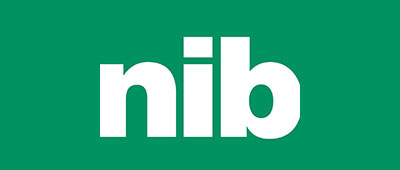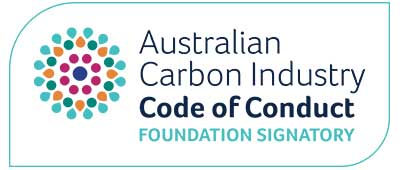Indigenous projects and the ERF: 5 issues
On one level, the ERF auctions have been a great success for Indigenous projects: 13 contracts, estimated value over of around $40m, 3.25m credits in promised delivery over 10 years, 191,095 credits already delivered. Probably more side contracts outside of the auctions. Is everything sweet? Here’s five issues that have people thinking.
1. Mind the gap.
The first 3 auctions have committed $1.7b. There’s $816m still in the kitty. That’s two niche auctions or one big one. No new money was allocated in the budget and the ERF review is not due until next year sometime next year. What happens if the money runs out? Relying on the safeguard mechanism, secondary market or voluntary market would be difficult as the primary market. Unless there’s movement at the station, there will be a gap. What will fill the gap?
2. How low can we go?
Auction one had a respectable $13.95 average price, auction two $12.25 and auction three $10.23. It’s a race to the bottom! That is exactly how it’s meant to work—companies compete in a tender-like auction which drives prices down. The problem is that Indigenous savanna projects are doing more than just saving carbon—they are producing a range of other benefits like boosting rangers jobs to look after country and doing burning cultural way to protect rainforest margins. Some of these benefits aren’t strictly related to the carbon but they are in the public interest. And they make projects more expensive. As the ‘tender’ auctions drive the price down, cuts have to be made or projects don’t come to market. With about 280 projects still without a contract, could we go any lower?

Summary of ERF auction results so far. Source: Clean Energy Regulator
3. Where to get advice.
Given the downward pressure, you want a contract, but you want to eat as well. How to price at an auction? The average auction prices are available but there is little other information. If you want to get advice, it’s hard. There’s a small number of companies heavily involved in the auctions, meaning it is hard to get advice from them without running into conflict issues. The way around this is to sign over your project to these aggregators, as some Indigenous projects have done, but many are cautious about doing this. It is hard to get helpful advice elsewhere. Do you have to sign over your project to get advice?
4. I missed out. What happens now?
So you go to auction but you went too high. No contract. Where do you go now? You’ve still got substantial project costs to pay to make sure the burning is done and country managed. You can always go to the next auction (assuming there is a next auction) or the voluntary market. In the end, if you can’t sell on the voluntary market, you might have to go to the secondary market, where other projects buy from you to make up any shortfall in their contracts. Will this market kick into gear?
5. I can’t deliver.
Woops, you had a shocker and got burnt out this year. There are no credits and you can’t deliver. This highlights the uncertain nature of savanna burning against the certain nature of the ERF delivery contract. So what happens now? The Regulator has indicated some flexibility with delivery schedules but there are no guarantees how this will work out. If you can’t reschedule, it’s back to that secondary market, where someone else might have some leftovers to sell to you. Is the price reasonable?























